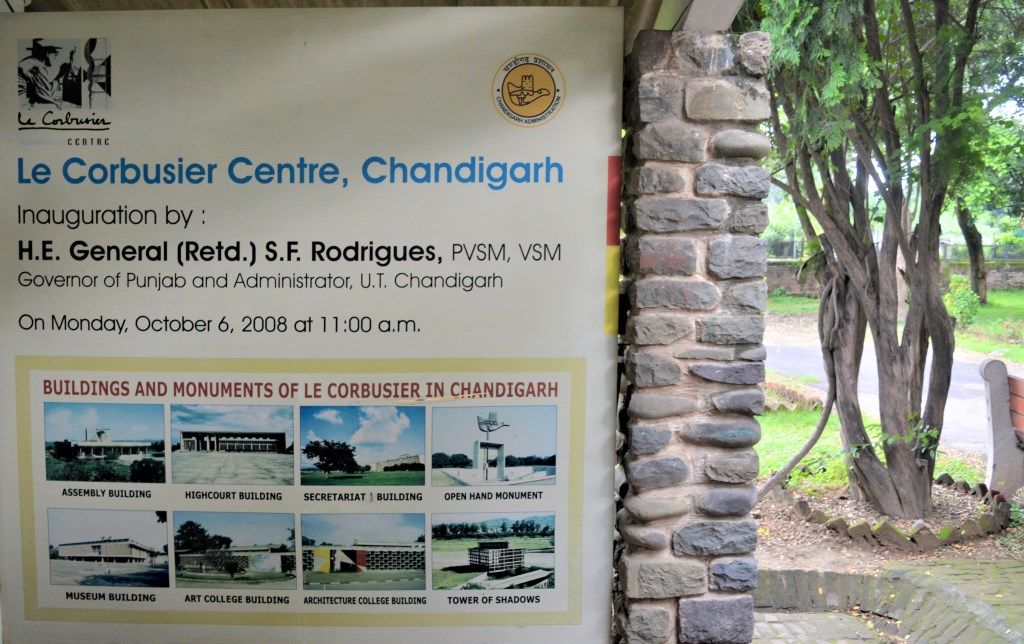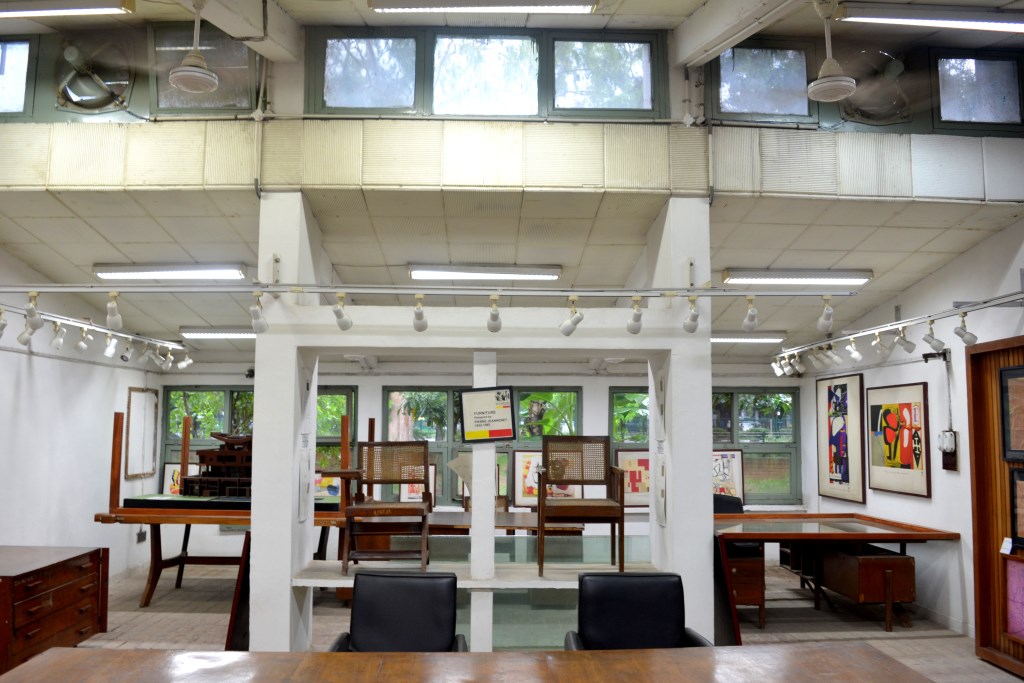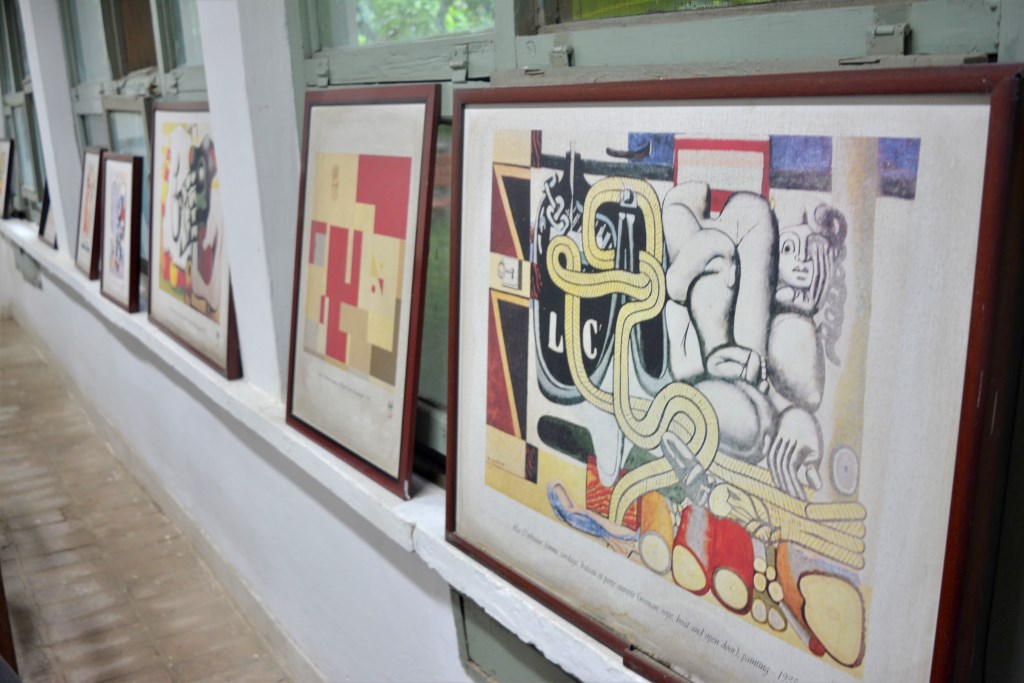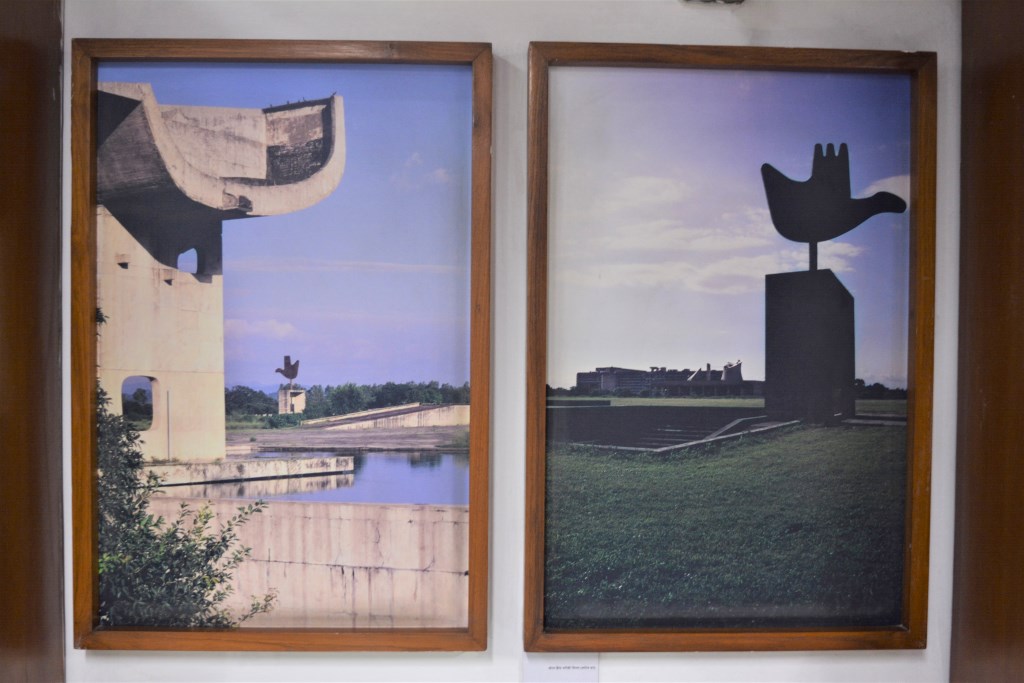Madhya Marg
Sector 19- B
'Architecture is the masterly, correct and magnificent play of masses brought together in light.'- Le Corbusier.
Le Corbusier was the most influential urban planner and architect of the 20th century. He was widely regarded as a visionary for his imaginative plans for urban spaces with modernist and utilitarian designs. Le Corbusier and his cousin and co-architect, Pierre Jeanneret, became the designers and town planners of the city of Chandigarh to realise Nehru's vision of a new city symbolising the spirit of a free India. His work was so poignant and remarkable that even after half a century of his death, he is widely quoted and appreciated. To honour his contributions towards the forming of the city of Chandigarh and to keep his memory alive, the Le Corbusier Centre was planned and inaugurated by H.E. General (Retd.) S.F. Rodrigues on October 6, 2008, in Sector 19- B, Chandigarh.
This landmark location, where Le Corbusier with his team of architects conceived the designs, was considered an apt location for the setting up of the museum. The outer lawn after entering the complex is studded with modern sculptures and installations. The main museum building is rather simple and utilitarian with one main gallery displaying the photographs, furniture, and paintings of Le Corbusier and Pierre Jeanneret. This gallery leads to many small rooms again used for displaying the artefacts and photographs related to the conception of the city of Chandigarh. Sometimes short lectures are also organised by prominent artists, art historians, writers of Chandigarh, etc., in the adjacent building, which is also used for hosting art workshops by Chandigarh Lalit Kala Akademi.
The Le Corbusier Centre aims to preserve and display the archival material, documents, paintings and photographs related to the making of the city of Chandigarh.
30.7303806, 76.7989696

Photograph of the architect of Chandigarh, Le Corbusier.
An overview of the gallery of the exhibits of the Le Corbusier Centre.
One of the galleries, presenting the pictures of the important events from the life of Le Corbusier.
Photographs of Le Corbusier interacting with his team of architects and other dignitaries.

Co-architect and cousin of Le Corbusier, Pierre Jeanneret was also a furniture designer. The furniture designed by him is appreciated for its ethnic and modernist touch. Many of his designed furniture pieces are displayed in the museum.

Le Corbusier was also a painter of great dexterity and fame. He pioneered the new style called Purism, which intended to represent objects as pure, simple forms devoid of much details, thus keeping only the essence of the forms alive without being unencumbered by unnecessary deviations.
The first Prime Minister of India, Pandit Jawaharlal Nehru, visualised Chandigarh as a new town, symbolic of the freedom of India. It was French architect Le Corbusier who translated his vision into the first modern planned city of India. The model shows the materialisation of this concept.

Located in Sector-1 in the Capitol Complex of Chandigarh, the Open-hand Monument symbolises peace and reconciliation. Designed by legendary architect Le Corbusier, it is a recurring motif in the art and architecture of Chandigarh.
